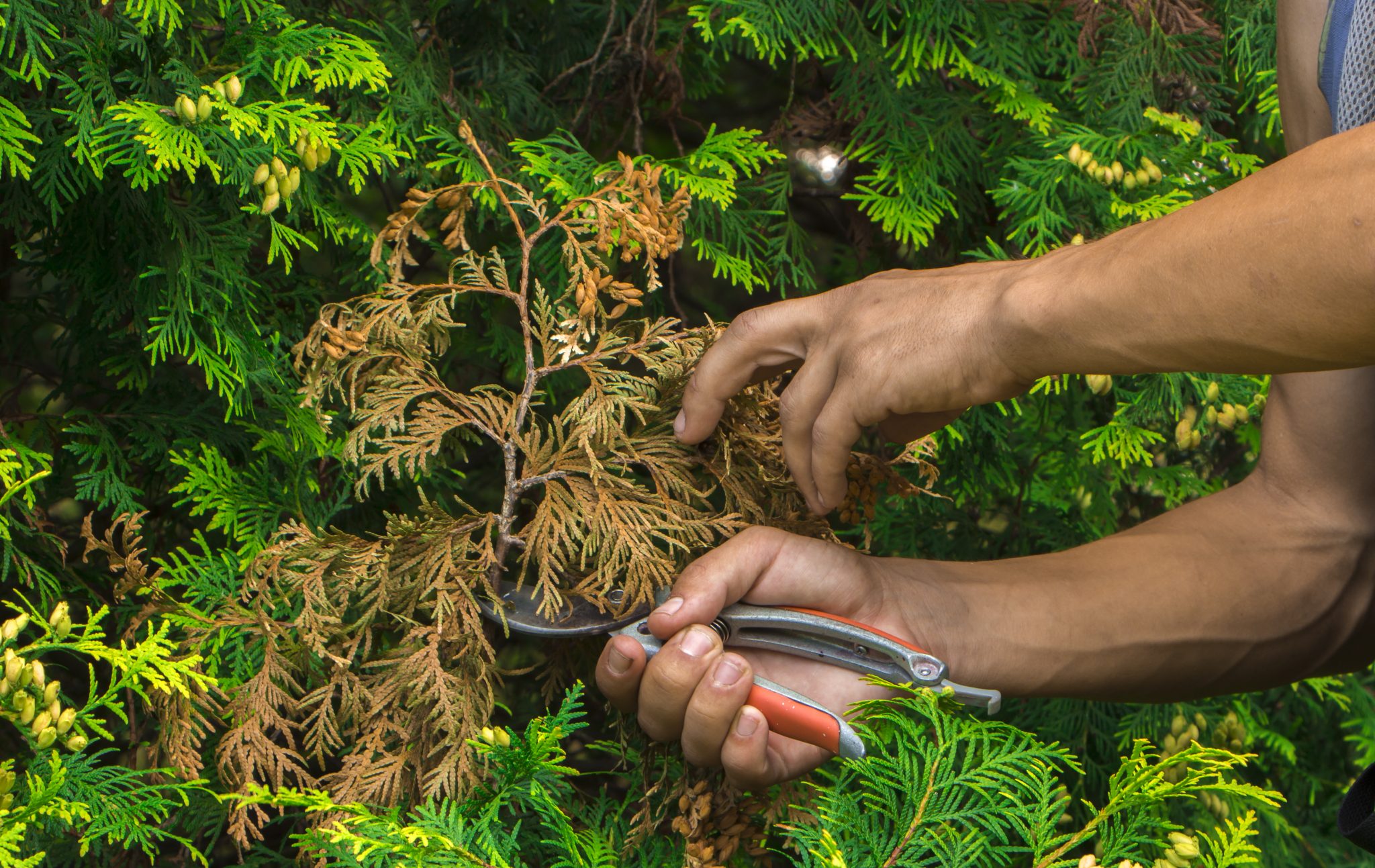Landscaping

Eight tasks for the winter season to ensure your landscape is ready for spring growth.
Remove finished and dead plants
Overwintering plant litter can harbor pests and diseases. Tilling under pest and disease free litter is another option. Replenish your compost pile. Remove diseased litter to promote good sanitation and to prevent future problems with pests.
Address weed problems
Remove and trash or burn those pesky weeds. Keep in mind, weed species can overwinter in compost piles, so be cautious. Breaking the overwintering cycle is a key method to controlling weeds.
Maintain soil for spring
This is the best time to add soil amendments such as composted materials. Another way of replenishing nutrients like nitrogen in the soil is through planting cover crops. An inexpensive way of controlling and removing weeds, weed seeds, and disease agents is by soil solarization.
Prune perennials
Winter is the best time to prune within your landscape and flowering beds. Shrubs and trees require periodic pruning to remove diseased or dead material, to help control and direct growth, and to prevent potential hazards. Ornamental grasses are best pruned during the spring. Divide and plant if one has perennial bulbs. Late fall and winter is the best time to divide and plant. If it blooms on “new” wood, prune it in winter and spring. If it blooms on “old” wood, prune it in summer and fall. It’s essential that you prune after flowering.

Build compost
Nature is always working even during winter. Finished compost can be used as a soil amendment. Litter from the finished garden can be used replenish the compost pile. Remember to reduce, reuse and recycle.
Mulch
Adding mulch helps to manage soil moisture. Mulch can also help to manage soil temperature and to add organic material to the soil profile as well. Adding a good layer of mulch around dormant perennials can prevent potential winter damage during very cold months.
Evaluate your garden and flower beds
Determine the season’s best and worst performers. Are there new cultivars available for next season? Potential problems can be avoided if you choose the “right plant for the right place.” Discover if there were any environmental pressures that caused problems. What about watering; an irrigation system might help. Were there any pests? If so, adopt trap crops and resistant varieties to help with pest control.
Maintain equipment and tools
Increase the life of equipment by cleaning engines, sharpening and oiling tools, storing garden hoses, nozzles, and breakers, and covering or insulating outside hose bibs.

